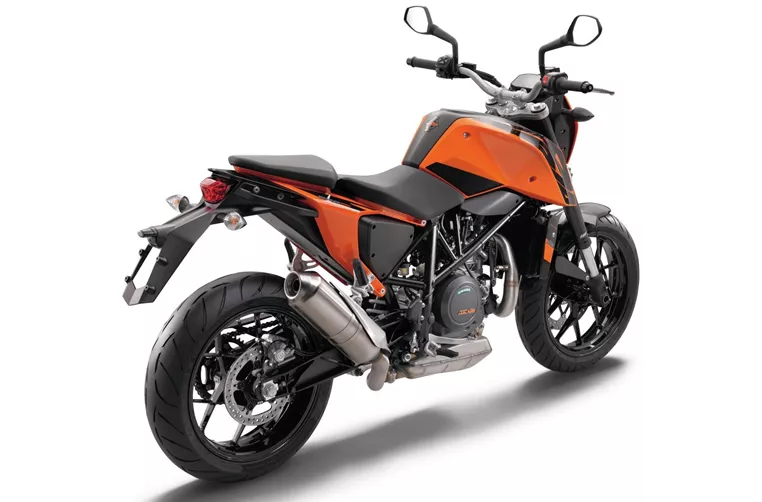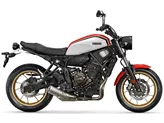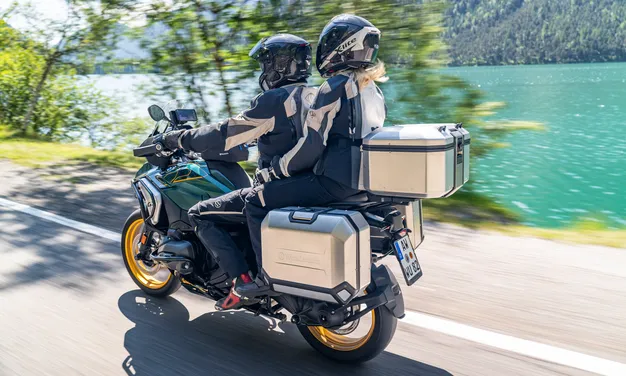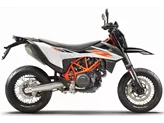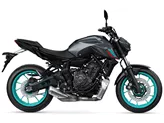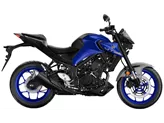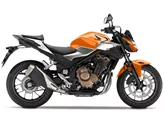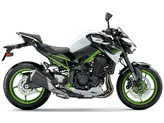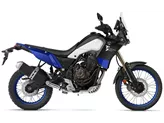KTM 690 Duke 2016 vs. Yamaha MT-07 2017

KTM 690 Duke 2016

Yamaha MT-07 2017
Overview - KTM 690 Duke 2016 vs Yamaha MT-07 2017
The KTM 690 Duke 2016 and the Yamaha MT-07 2017 are both popular naked bikes that offer a thrilling riding experience. While they have some similarities in terms of engine power, torque, and fuel tank capacity, they also have notable differences in various aspects.
Starting with the engine and drive train, the KTM 690 Duke 2016 is equipped with a highly developed single-cylinder engine that delivers 73 HP of power and 70 Nm of torque. On the other hand, the Yamaha MT-07 2017 features a twin-cylinder engine that produces slightly more power at 75 HP but slightly less torque at 68 Nm. Both bikes have liquid cooling systems, ensuring optimal engine performance.
In terms of suspension, the KTM 690 Duke 2016 boasts an upside-down telescopic fork at the front, providing excellent stability and control. The Yamaha MT-07 2017, on the other hand, features a telescopic fork, which may not offer the same level of performance as the KTM's suspension system.
When it comes to the chassis, the KTM 690 Duke 2016 utilizes a chromium-molybdenum frame, known for its strength and durability. In contrast, the Yamaha MT-07 2017 employs a steel frame, which may not be as lightweight or rigid as the KTM's frame.
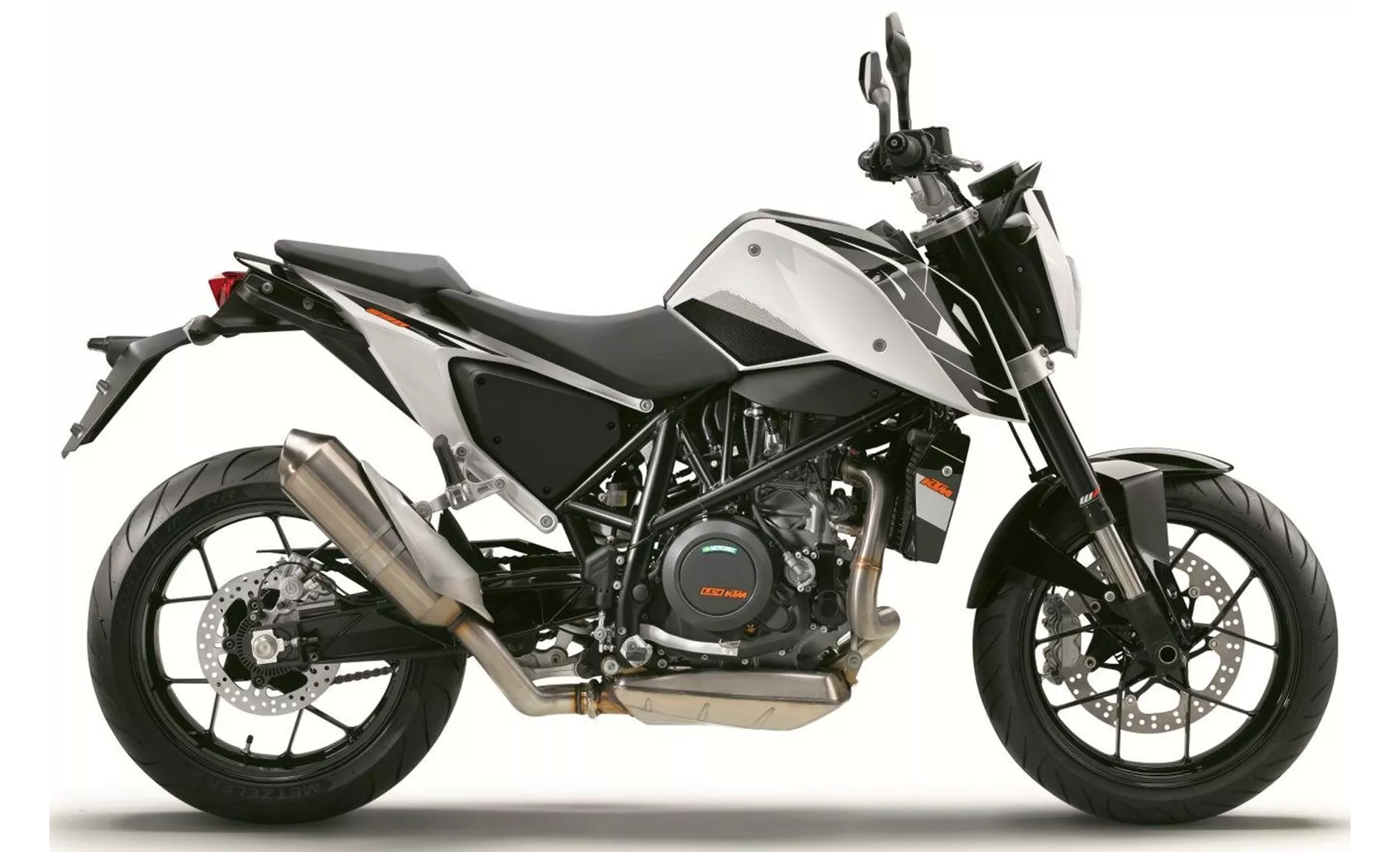
KTM 690 Duke 2016
In terms of dimensions and weights, the KTM 690 Duke 2016 has a slightly longer wheelbase of 1466 mm compared to the Yamaha MT-07 2017's 1400 mm. The seat height of the KTM is also slightly higher at 835 mm, while the Yamaha offers a lower seat height of 805 mm. Additionally, the KTM 690 Duke 2016 has a kerb weight of 149.5 kg, which is significantly lighter than the Yamaha MT-07 2017's 182 kg.
Both bikes feature 17-inch wheels, with the KTM having a front tire width of 120 mm and a rear tire width of 160 mm. The Yamaha, on the other hand, has a wider rear tire with a width of 180 mm, which may provide better traction and stability.
In terms of strengths, the KTM 690 Duke 2016 is known for its versatility and suitability for everyday use. It offers a smooth running engine with low vibrations, making it comfortable for long rides. The highly developed single-cylinder engine provides ample power and torque for various riding conditions.

Yamaha MT-07 2017
On the other hand, the Yamaha MT-07 2017 is praised for its great motor and easy-to-read display. It offers a competitive price point, making it an attractive option for riders on a budget.
However, the KTM 690 Duke 2016 does have some weaknesses. The Track Pack, which includes additional features for track use, comes at an extra cost. Additionally, some riders may find that the KTM 690 Duke 2016 is not sporty enough for the racetrack.
The Yamaha MT-07 2017's main weakness lies in its chassis, which some riders find to be too soft. This may affect the bike's handling and stability, particularly in more aggressive riding situations.
In conclusion, both the KTM 690 Duke 2016 and the Yamaha MT-07 2017 are capable naked bikes that offer exciting riding experiences. The KTM excels in terms of its highly developed single-cylinder engine and versatile nature, while the Yamaha stands out with its great motor and affordability. However, potential buyers should consider the KTM's extra cost for track features and the Yamaha's softer chassis when making their decision.
Technical Specifications KTM 690 Duke 2016 compared to Yamaha MT-07 2017
Pros and Cons in comparison
Pros and Cons in comparison
KTM 690 Duke 2016

It is unbelievable how cultivated KTM has developed the single-cylinder without sacrificing performance. It can be considered a stroke of genius that, within the framework of the EURO4 standard, the engine's running culture was raised while at the same time increasing power. The flat torque curve is responsible for the smooth, powerful propulsion. From 4000 revs, the Duke pushes hard and revs up to 8500 revs. Even at low revs, the engine does not stutter or swallow, which is an advantage in the city. The Duke's greatest strength, apart from its rideability, is its manoeuvrability, which is why it can confidently be called a toy. It's only when you're on the racetrack and attacking hard that you wish you had the "R" under your bum.
Yamaha MT-07 2017
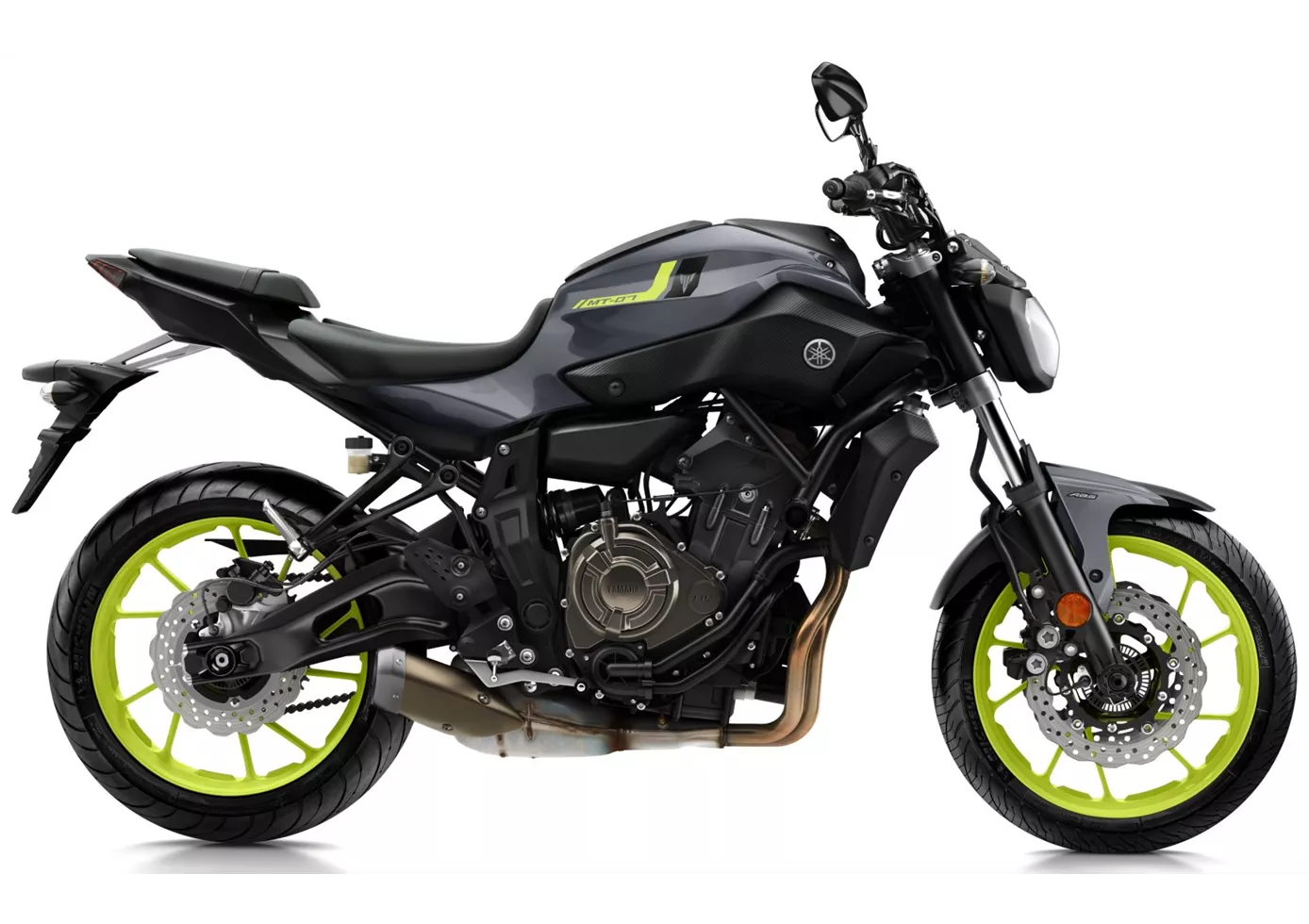
Even after three years, the Yamaha MT-07 is still a public favourite. No one else beats such a price-performance ratio. The two-cylinder engine is powerful, but can be dosed very gently at low revs. The display is also one of the best in this class, with good readability. Only the chassis is disappointing. In a sporty riding style, it is simply too soft, which can cause the MT-07 to sway.
Price Comparison Avarage Market Price KTM 690 Duke vs Yamaha MT-07
There are a few key differences between a KTM 690 Duke 2016 and a Yamaha MT-07 2017. In terms of price, the actual average price of a Yamaha MT-07 2017 is about 6% higher. A KTM 690 Duke 2016 experiences a loss of 450 GBP in one year and 420 GBP in two years of ownership. This is offset by a loss of 240 GBP and 380 GBP for a Yamaha MT-07 2017. Compared to Yamaha MT-07 2017 there are less KTM 690 Duke 2016 bikes available on the 1000PS.de Marketplace, specifically 14 compared to 20. It takes less time to sell a KTM 690 Duke with 78 days compared to 83 days for a Yamaha MT-07. Since model year 2008 1000PS.de editors have written 29 reviews for the KTM 690 Duke and 69 reviews for the Yamaha MT-07 since model year 2013. The first review for the KTM 690 Duke was published on 28/09/2007 and now has more than 14,800 views. This compares to more than 12,600 views for the first review on Yamaha MT-07 published on 04/11/2013.
